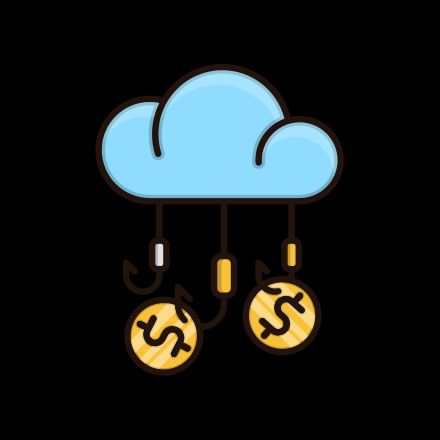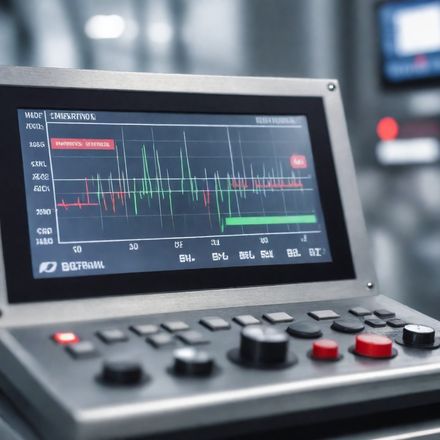Problems
In recent years, we have cracked some “tough nuts” for and with our customers and focused the development of our da³vid software framework on solving the following problems, among others.
Dependence on IoT cloud providers
The seeming convenience of cloud services like AWS IoT and Azure IoT can lure organizations into a dangerous dependency that costs agility and stifles innovation.
In a cloud-centric world, control over your data is more than just a matter of security - it’s also about complying with legislation (GDPR, NIS-2, CRA) and protecting your corporate assets.
The path to independence: on-premises and self-hosting solutions can not only give back control and security of your data, but also offer long-term cost benefits and customization to your business needs.
Your key IT strategy decisions should never be dependent on a single provider. Do you want to regain the freedom to take your IT strategy into your own hands?


On-premises required
In some areas, a local solution is absolutely essential:
In critical applications, pure cloud applications often cannot be used for security reasons because, for example, all data required for fault clearance must be kept locally.
For applications with high data rates (e.g. vibration monitoring or high-frequency events from infrastructure systems such as level crossings), it is neither sensible nor necessary to transfer all raw values to the cloud - local data processing is mandatory in order to transfer the most important KPIs via the available LTE connection. It is then only possible to provide excerpts of raw data to the cloud in the event of an error.
Complexity of “edge to cloud” projects
In order to arrive at a complete solution or a finished product, many different aspects must be taken into account and tailored to the use case. This requires a holistic approach, as the various areas must be connected at least via suitable interfaces. For example, data models are often “reinvented” for each project and topics such as cybersecurity are placed behind the functional requirements.
The projects often involve several internal and external service providers for the various areas (IT, hardware development, embedded software development, cloud development, security consulting, …) that need to be coordinated. It can be crucial to have someone who asks the right questions.


Adherence to deadlines and Time2Market
Many product managers and development managers we work with tell us that meeting deadlines for the various project stages and Time2Market are of the utmost importance to them: In their companies, development and Go2Market for new products are closely interlinked and marketing materials, trade fairs, product training, (multi-stage) sales and more have to be coordinated.
Due to the high level of complexity and, in some cases, a lack of experience with embedded Linux, for example, these product development projects are often planned well in advance and sometimes take several years to complete. It can happen that hardware, embedded software and cloud software are only integrated very late in the development cycle and the individual components do not fit together as expected. Or key requirements may have changed, for example if competitors launch a similar solution on the market earlier and patent key ideas.
A time to market of 6 months or at least well under a year is therefore desirable - at the very least, however, realistic prototypes should be available in the first few weeks of product development so that the product ideas can be tested internally and externally. Before surprisingly almost insurmountable obstacles arise at the end of a long and cost-intensive development cycle or the product simply does not meet the market.
Switching from microcontrollers to Linux
A clear trend has emerged in recent years: Many companies are considering a switch from traditional microcontroller-based development to Linux-based solutions for their embedded applications. This shift offers a number of advantages: Linux provides a robust and extensible platform that allows developers to implement sophisticated applications faster while supporting a wide range of hardware options. By using Linux, organizations can also benefit from the rich selection of open source tools and libraries that can accelerate development and reduce costs. In addition, Linux facilitates integration with cloud services and enables companies to develop more flexible and scalable IoT solutions, for example through the use of containers.
learn more


Cyber Resilience Act (CRA)
With the ever-growing threat of cyberattacks, the security of IoT systems is becoming an increasing challenge for companies. In this context, the Cyber Resilience Act (CRA) was introduced, which aims to strengthen the resilience of IoT systems against cyberattacks.
The CRA establishes standards and best practices that organizations must consider when developing and implementing their IoT solutions to ensure they are robust and resilient to cyber threats.
By complying with the CRA, companies can not only minimize the risk of data loss and security breaches, but also increase customer confidence and meet regulatory requirements. It is therefore crucial that companies integrate the CRA into their IoT strategy and ensure that their systems meet the required security standards.
learn more